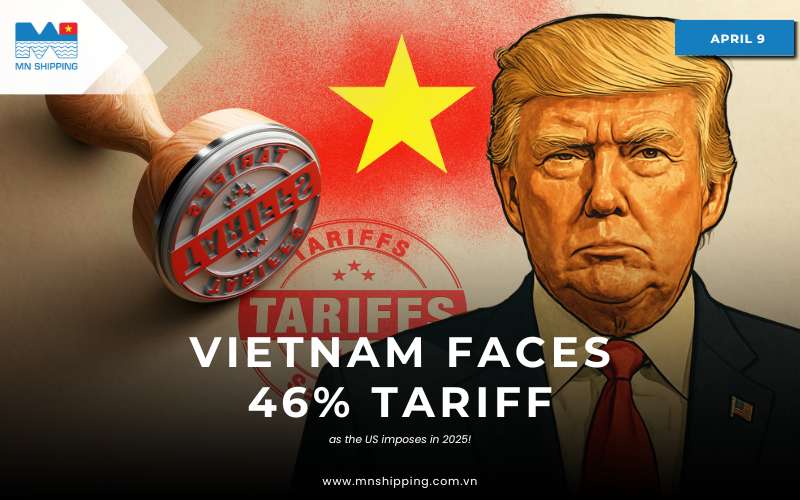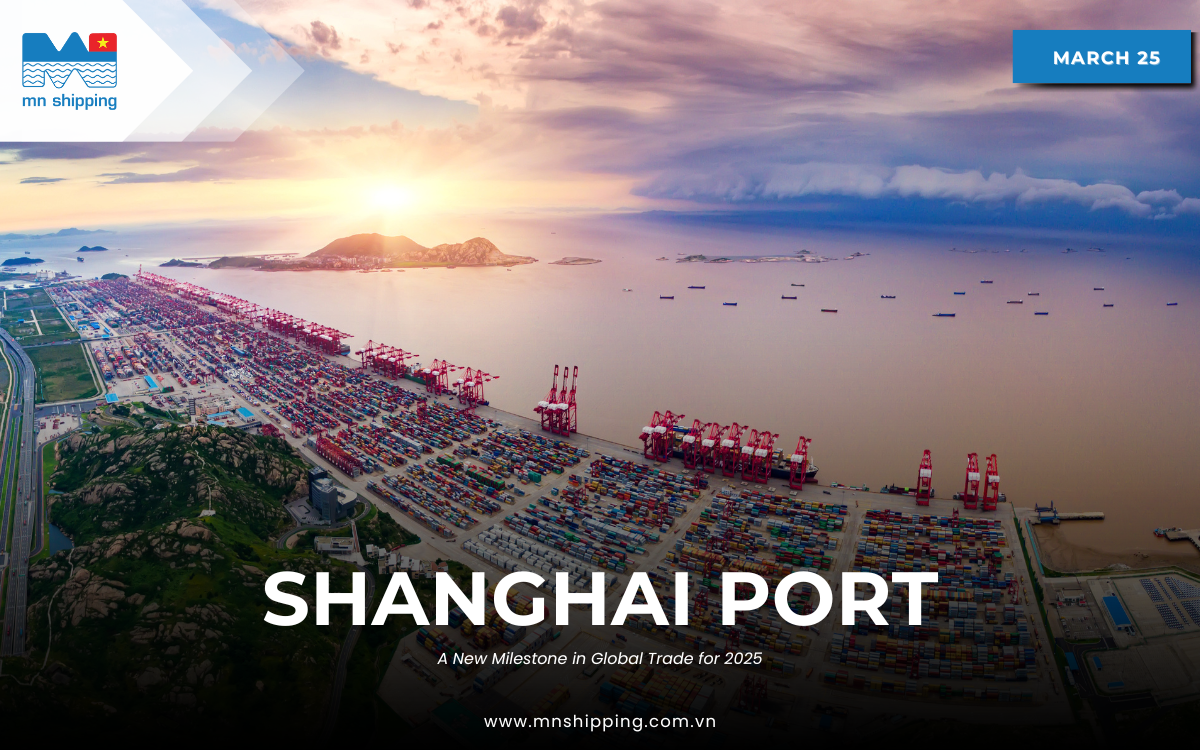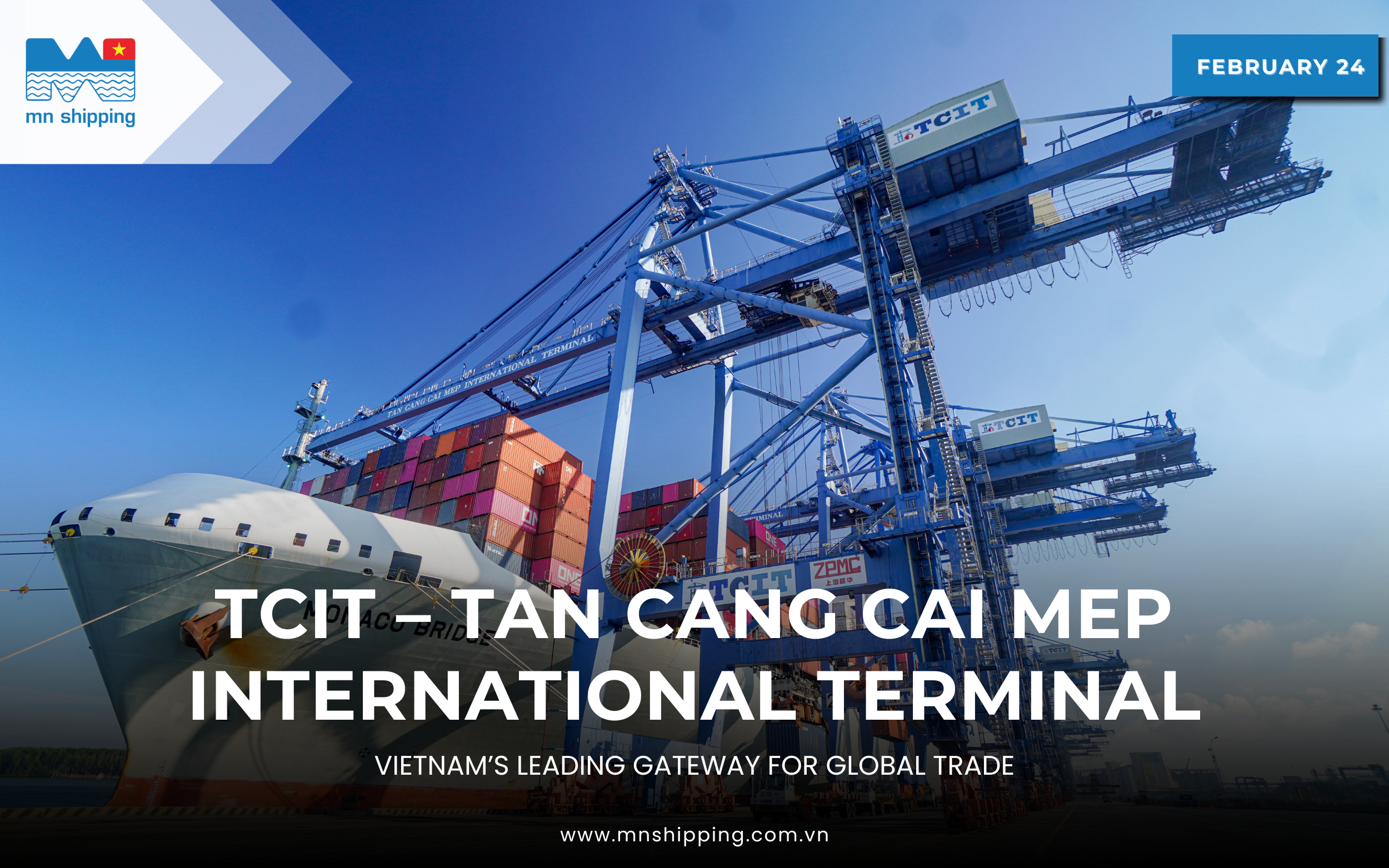On April 2, 2025, U.S. President Donald Trump announced a sweeping new tariff policy targeting more than 60 countries, in what he dubbed “Liberation Day” — a bold step to reclaim America’s “economic independence.” Among the hardest hit? Vietnam, which now faces a staggering 46% tariff on all exported goods to the United States.
This move marks a dramatic shift in U.S.-Vietnam trade relations and raises urgent questions for Vietnamese businesses: Why is the tariff so high? Which industries will be most affected? And how should exporters respond?
Understanding the 46% Tariff: How It Was Calculated
The new tariff structure follows a unique formula released by the U.S. Trade Representative’s Office. Countries with significant trade surpluses with the U.S. are penalized at higher rates. The formula is:
Tariff = (Trade Deficit / Total Exports) ÷ 2
For Vietnam, here’s the math:
- 2024 trade deficit with U.S.: $123.5 billion
- 2024 exports to U.S.: $136.6 billion
- Tariff rate: (123.5 / 136.6) ÷ 2 = 46%
This approach penalizes countries that export far more to the U.S. than they import — and Vietnam fits that description perfectly. According to U.S. officials, the formula aims to “rebalance global trade” by forcing surplus countries to bear more of the cost.
📌 Source: U.S. Trade Representative Office, April 2025 Report
Why Is Vietnam Facing Such a High Tariff?
The tariff on Vietnam is not just about numbers — it’s also about geopolitics and trust. Several key factors are contributing to Vietnam’s elevated rate:
1. Alleged Transshipment Activities
The U.S. government suspects that certain Chinese goods are being rerouted through Vietnam to avoid existing tariffs. Although Vietnam has denied the allegations, concerns persist over the origin labeling of electronics and textiles.
2. Explosive Export Growth
Vietnam’s exports to the U.S. have been rising over 20% annually for the past three years, making it one of America’s fastest-growing trade partners — and competitors.
3. Currency Manipulation Claims
The U.S. Treasury has previously placed Vietnam on a “watchlist” for suspected currency manipulation — maintaining a low exchange rate to boost exports. Though never officially labeled a manipulator, the accusation adds tension to trade relations.
How Vietnam’s 46% Tariff Compares to Other Countries
Vietnam isn’t the only country caught in this new wave of U.S. trade penalties — but it is one of the most heavily affected.
Here’s how the 2025 46% Tariff Vietnam’s rates break down for major trading partners:
| Country | New U.S. Tariff Rate | Trade Surplus with U.S. (2024) |
| Vietnam | 46% | $123.5 billion |
| China | 34% | $279.1 billion |
| Japan | 24% | $63.4 billion |
| South Korea | 25% | $51.7 billion |
| European Union | 20% | $102.9 billion |
| India | 18% | $42.2 billion |
| Mexico | 15% | $130.6 billion |
| Canada | 15% | $49.9 billion |
While China maintains the largest trade surplus, its tariff rate is significantly lower than Vietnam’s. This suggests that other strategic and diplomatic factors are also influencing the U.S. decision.
🔍 Why is Vietnam targeted more harshly?
- Lacks retaliatory trade power compared to the EU or China
- Considered a rising competitor rather than a partner
- Viewed as a vulnerable point in supply chains used to bypass U.S. regulations
Which Industries Are Hit the Hardest?
Vietnam’s major export sectors — particularly those heavily dependent on U.S. demand — are already bracing for disruption:
- Textiles and Footwear
Vietnam is the second-largest exporter of apparel to the U.S. After the tariff, many U.S. retailers have postponed orders, citing increased costs of 30–40%.
- Electronics and Components
Large manufacturers like Samsung Vietnam and Intel Products Vietnam rely on U.S. as a key market. A 46% tariff could upend cost structures and production timelines.
- Furniture and Wood Products
Vietnamese wooden furniture, once known for affordability and quality, may now lose ground to suppliers from Mexico or Turkey, who face lower tariffs or none at all.
- Seafood and Agriculture
Exports of shrimp, pangasius, and cashew nuts are expected to drop significantly. In 2024, the U.S. accounted for 39% of total Vietnamese seafood exports.

How Is Vietnam Responding Politically and Economically?
Though no official retaliation has been announced, Vietnam is already mobilizing several strategies:
1. Improving Origin Verification
The Ministry of Industry and Trade is working with customs and exporters to digitally track certificates of origin, aiming to reassure U.S. authorities about product legitimacy.
“Vietnam is committed to preventing illegal transshipment and will take every step to ensure compliance with international standards,” said Deputy Minister Nguyen Sinh.
2. Tapping Into Other Trade Agreements
Vietnam is ramping up exports to partners in CPTPP and EVFTA:
- Q1 2025 exports to Canada grew 12.6% YoY
- Exports to the EU rose from $41.8B to $47.2B, a 13% jump
This helps offset the expected losses in the U.S. market.
3. Seeking Sectoral Exemptions
Vietnamese diplomats are lobbying U.S. trade officials for industry-specific relief — particularly in electronics and seafood, sectors considered “strategic” to both countries.
4. Offering Financial Support
The government is drafting relief packages that include:
- Export credit guarantees for key sectors
- Temporary tax breaks for affected exporters
- Subsidies for supply chain relocation or compliance upgrades
Adapting to the New Normal: What Should Vietnamese Exporters Do?
With no clear rollback in sight, businesses need to think proactively:
- Reevaluate U.S. Market Strategies
Shift focus to less tariff-intensive product lines, or pursue partnerships with U.S. importers that can absorb part of the cost.
- Diversify Export Markets
Use the 17+ free trade agreements Vietnam currently holds to target Japan, the EU, Australia, and the Middle East — all with friendlier trade terms.
- Restructure Supply Chains
Avoid heavy reliance on Chinese-origin raw materials, which could raise red flags in U.S. customs inspections.
- Boost Trade Compliance
Invest in better origin tracing, smarter documentation, and international certifications like ISO and FSC to build long-term trust.
Don’t Let High Tariffs Derail Your Business — MN SHIPPING VN Is Here to Help
As the 46% tariff takes effect, Vietnamese exporters must brace for a new era of trade complexity and higher costs. While some industries may pivot toward alternative markets or digital exports, others must act quickly to minimize disruption.
Whether you’re navigating increased shipping costs, shifting supply chains, or simply looking for practical ways to optimize logistics under this new policy, having the right partner is essential.
At MN SHIPPING VN, we specialize in providing cost-effective, flexible logistics solutions designed to help businesses stay competitive—even in the face of high tariffs.
📦 Contact MN SHIPPING VN today to explore how we can help your business adapt and thrive in this new trade environment.
Learn more: Understanding the U.S. Reciprocal Tariff Formula: What It Means for Global Trade
Contact us for more information:
Facebook: MN Shipping Co., Ltd – Vietnam
Instagram: mnshippingvn
Hotline: 0936 11 9090








